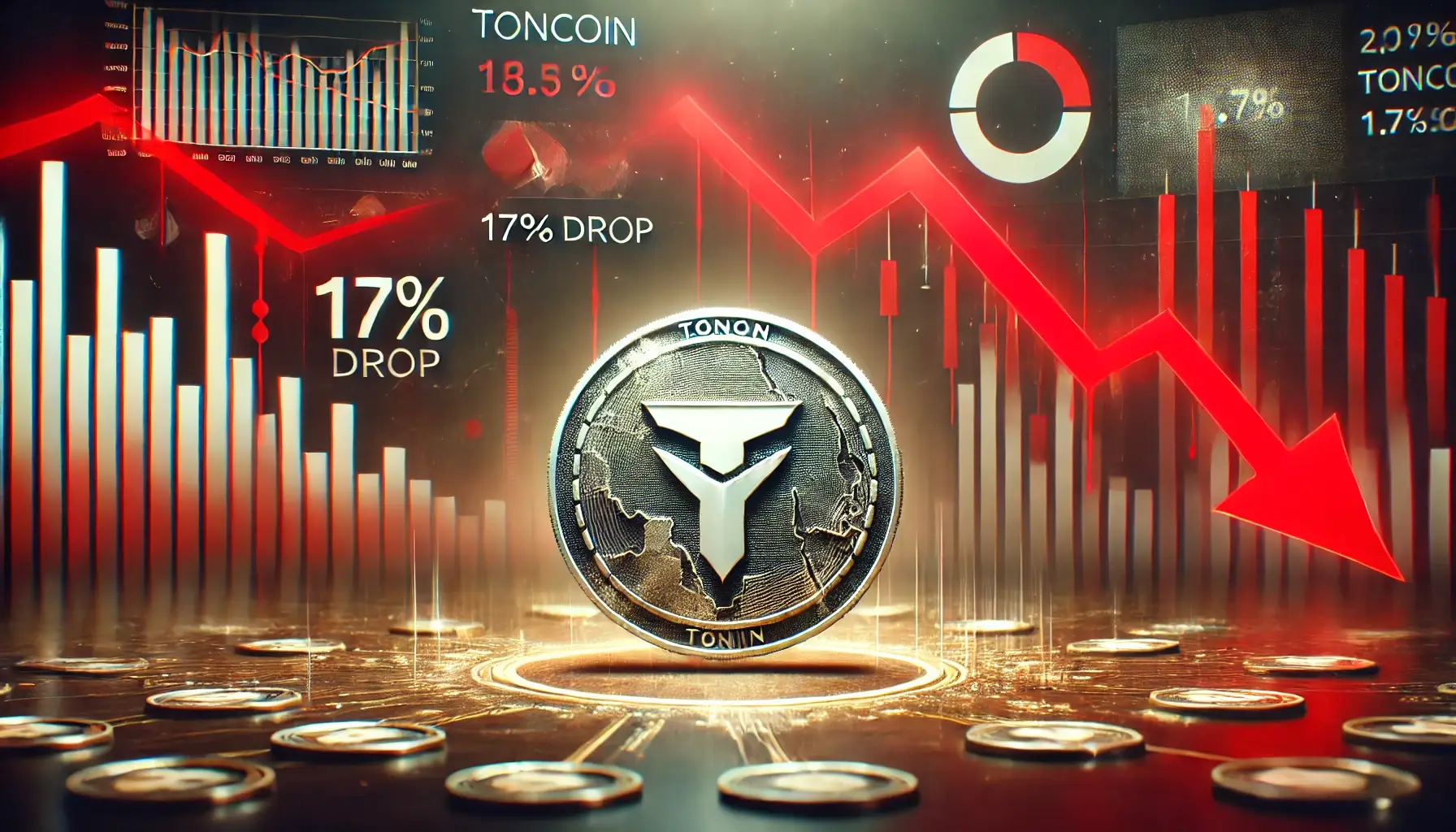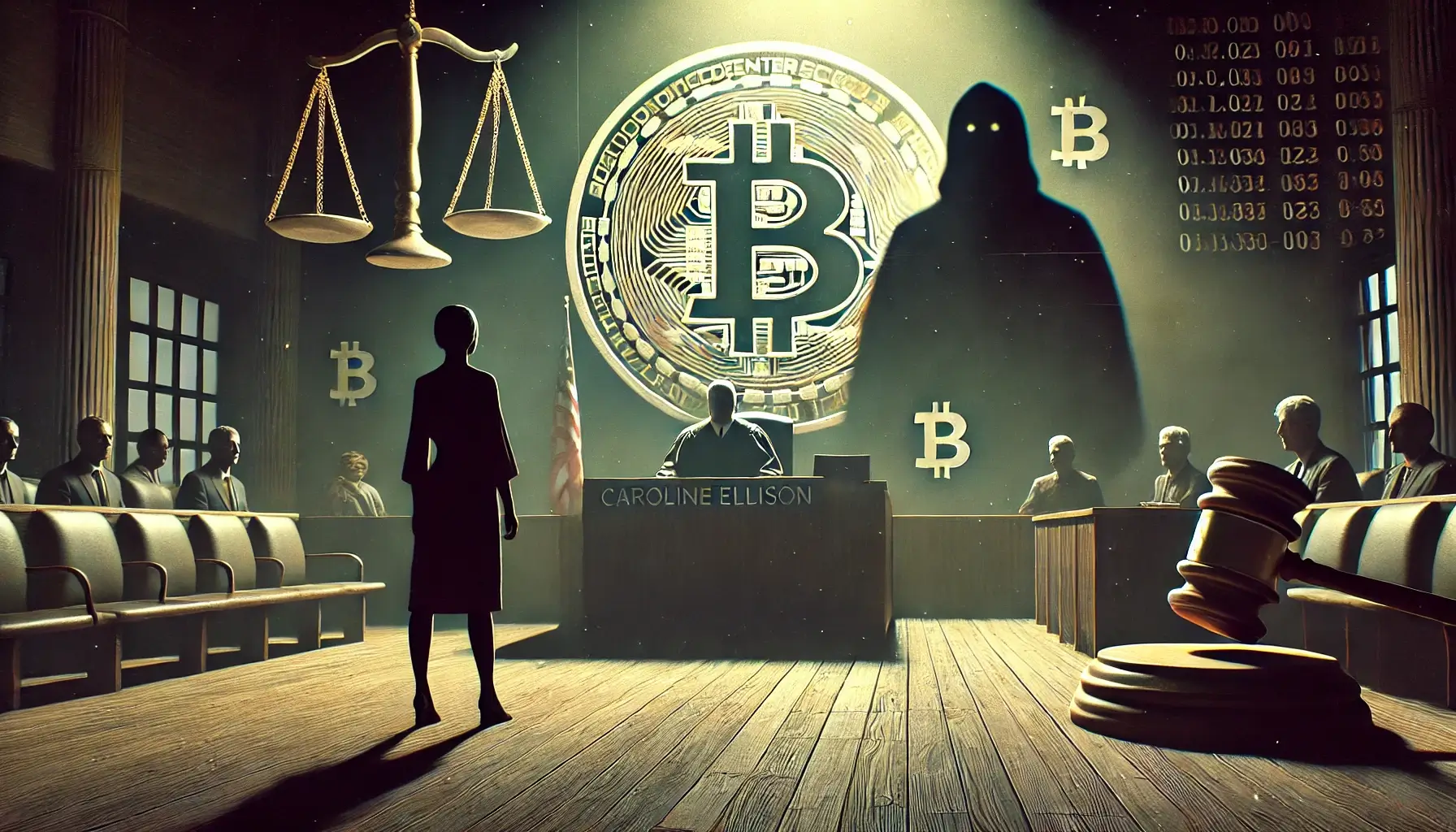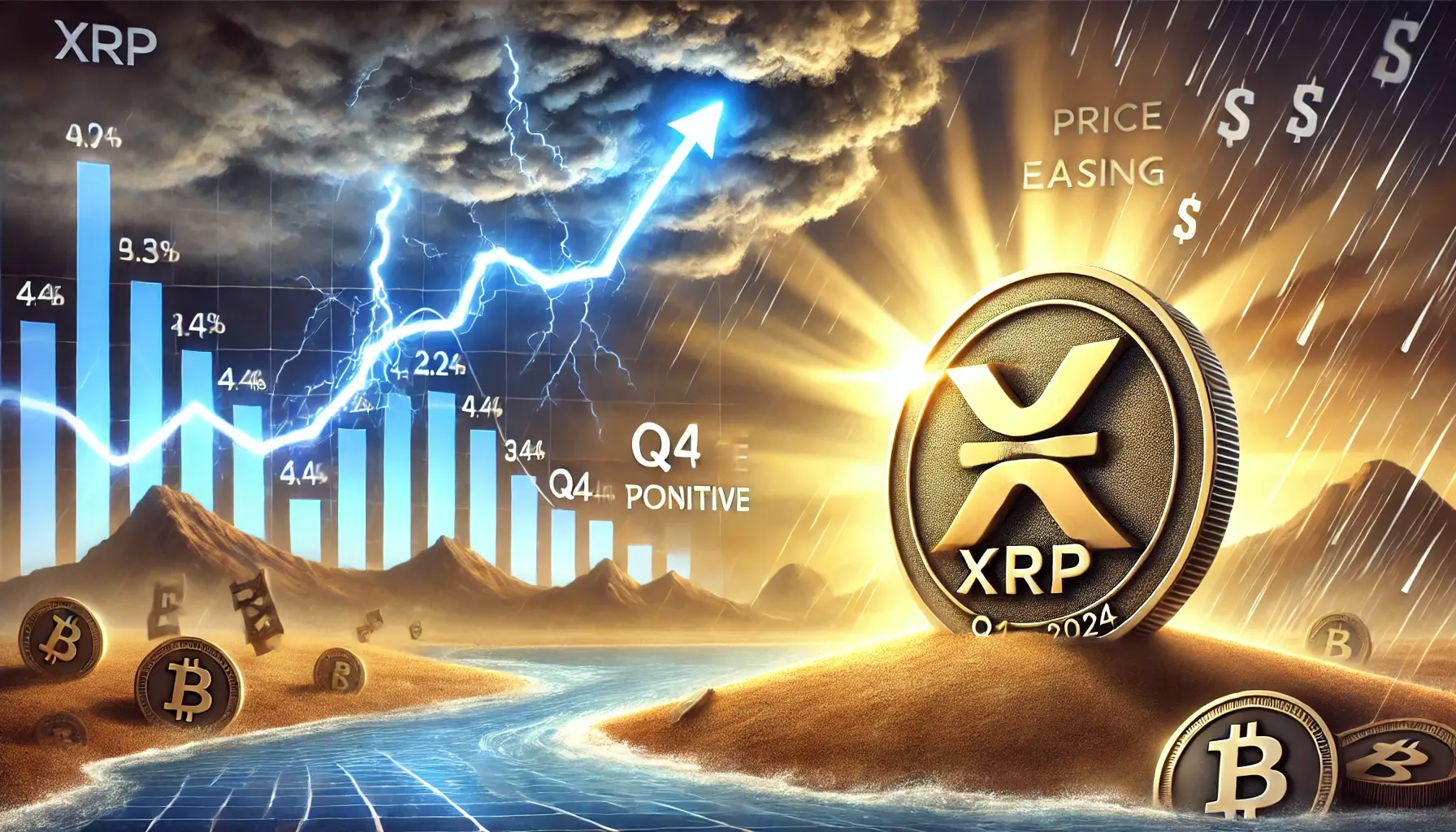The cryptocurrency world witnessed a dramatic rise in the value of Memecoin “MoodEng” on Ethereum, which surged by an impressive 480% following a mention by Ethereum co-founder Vitalik Buterin. Buterin’s influence on the market, especially regarding Ethereum-based projects, remains strong, as evident in the sharp price increase after his involvement with the memecoin.
The surge came after Buterin mentioned MoodEng and participated in donation sales tied to the project. His participation sparked renewed interest and confidence among the memecoin community, causing the price to skyrocket in a short span of time. Memecoins, which often operate in the volatile world of cryptocurrency, are subject to rapid price movements influenced by public sentiment and key endorsements.
This rapid jump in MoodEng’s price highlights the power of major influencers within the crypto space, where a single mention or action can create substantial market movement. Memecoins, known for their high risk and high reward dynamics, thrive on community engagement and viral momentum, and MoodEng’s recent surge underscores this trend.
While the rally brought attention to MoodEng, it also serves as a reminder of the volatile nature of memecoins, where gains can be substantial but are often unpredictable. Investors should proceed with caution, especially in markets driven by social influence rather than fundamental value.
In conclusion, MoodEng’s 480% increase following Buterin’s involvement showcases the power of community and influencer endorsements in the memecoin market. However, as with all volatile assets, the rapid rise of MoodEng also presents significant risks, emphasizing the importance of careful investment strategies in the fast-moving world of cryptocurrencies.
Source: Memecoin Moodeng on Ethereum Jumps 480% After Vitalik Buterin’s Mention and Donation Sales


.png)

.png)


.png)








